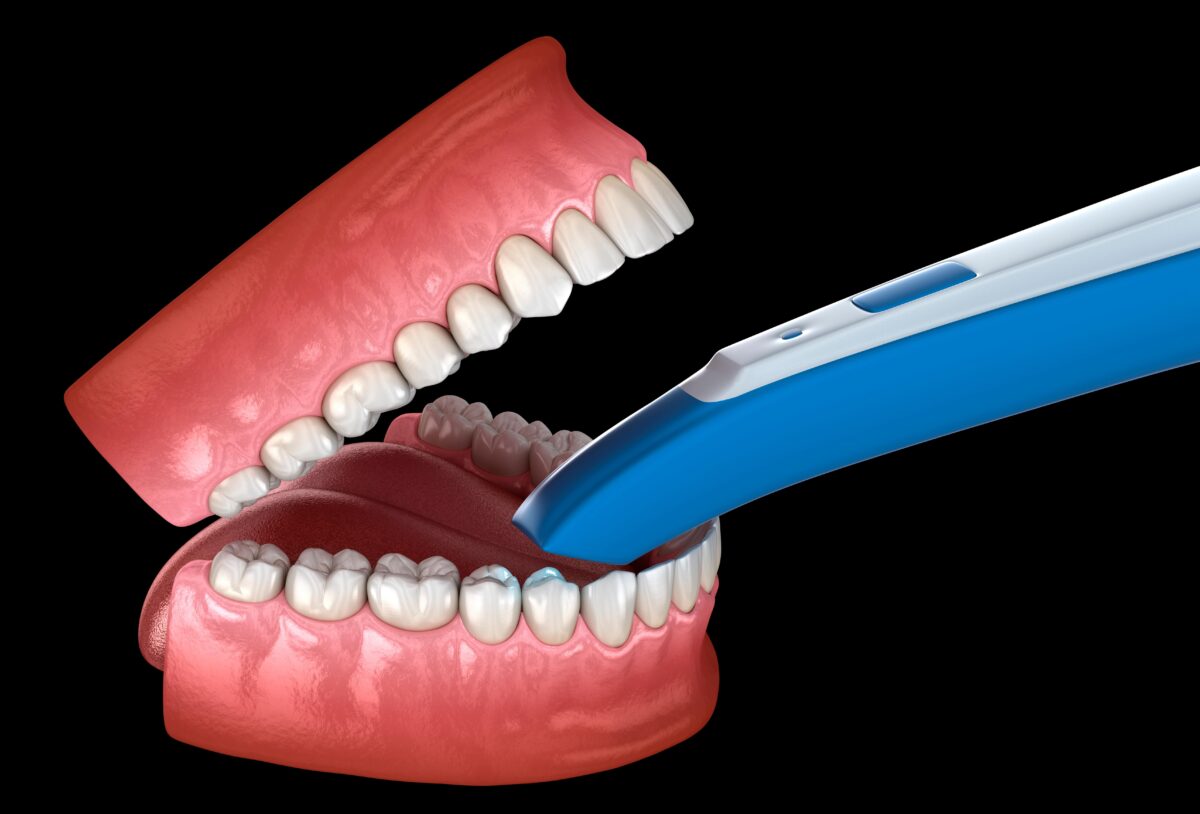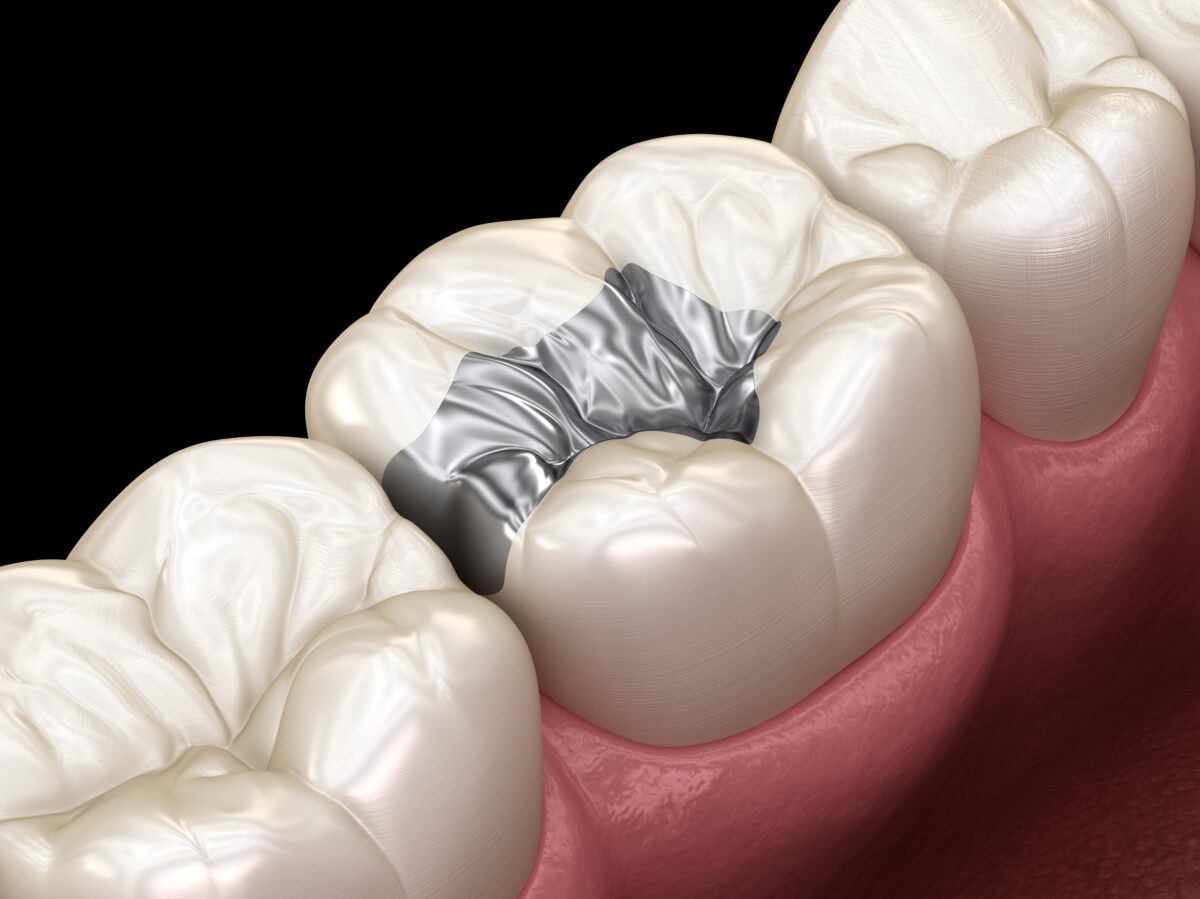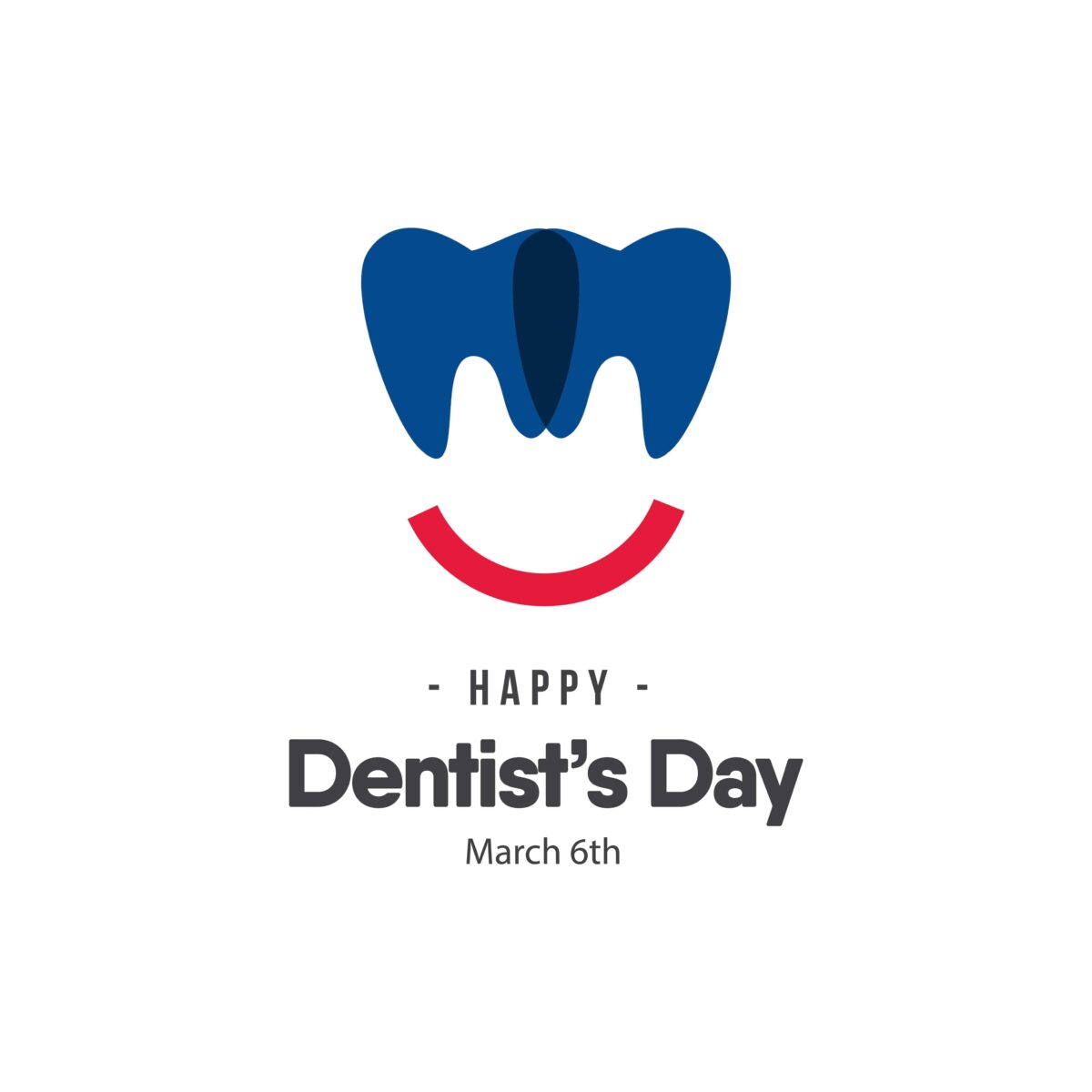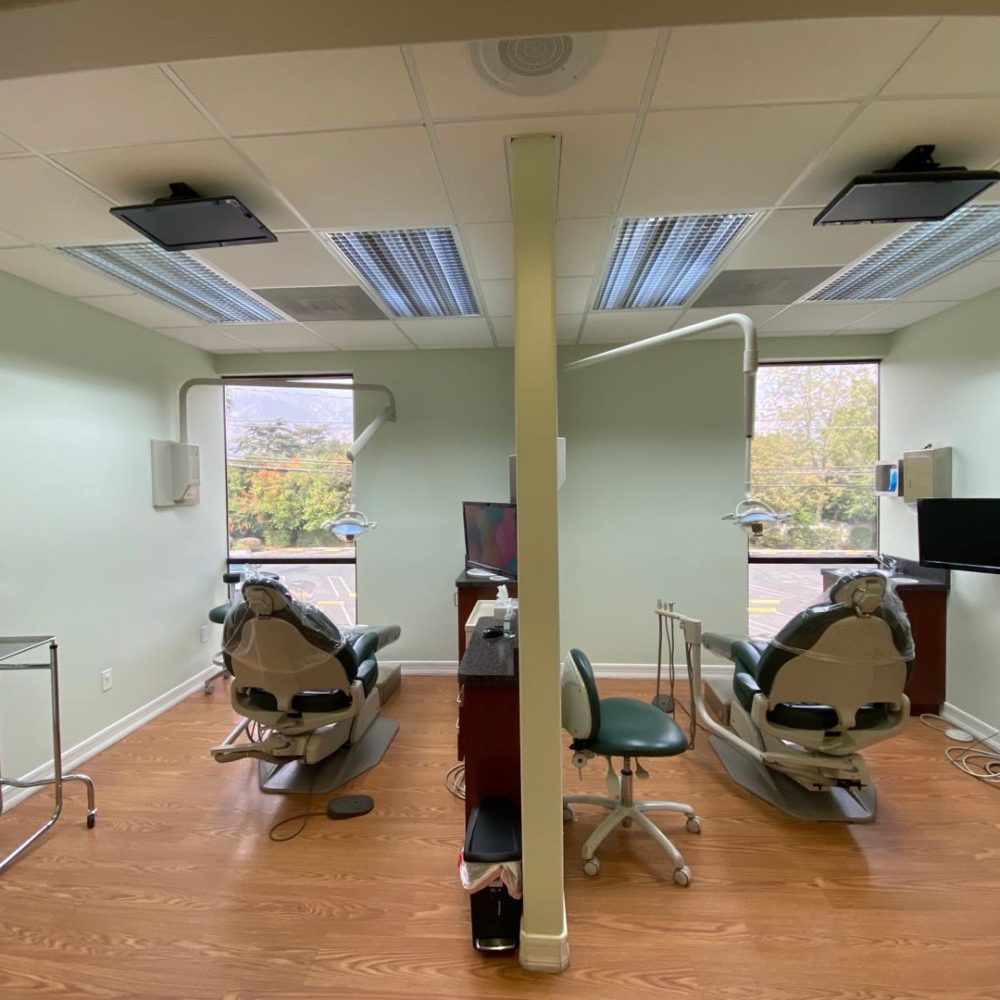We all want to have a beautiful smile that looks natural and does not have imperfections. We also want our teeth to be strong and last as long as possible, without the need for expensive dental work. Believe it or not, composite bonding can help you achieve both of these goals! In this blog post we will discuss what composite bonding is and how it can fix problems with your teeth.
Composite bonding is an excellent solution for many dental problems, and has become a popular form of cosmetic dentistry. It works by applying a soft putty of composite resin, shaping it, and then hardening it in place using a special light. Unlike other dental restorations, such as veneers or crowns, composite bonding does not require dental adhesives or permanent enamel modifications. As a result, composite bonding can easily be completed in as little as a single dental appointment.
Composite bonding is done by first preparing the teeth using an etching material, which roughens up the surface of the teeth and helps to give it better adhesion. Once this step has been completed, composite resins are placed on top of the prepared tooth structure and then sculpted into shape. The resin is then hardened by curing it with a special light.
Composite bonding can be used to fix the following problems:
Stained Teeth
Teeth whitening procedures are generally effective, but there are instances when the stains on your teeth are resistant to bleaching treatments. For example, stains caused by genetics, medications, age, or trauma do not often respond to teeth whitening treatments. In these cases, composite bonding can be used to conceal the stain and make the teeth appear whiter.
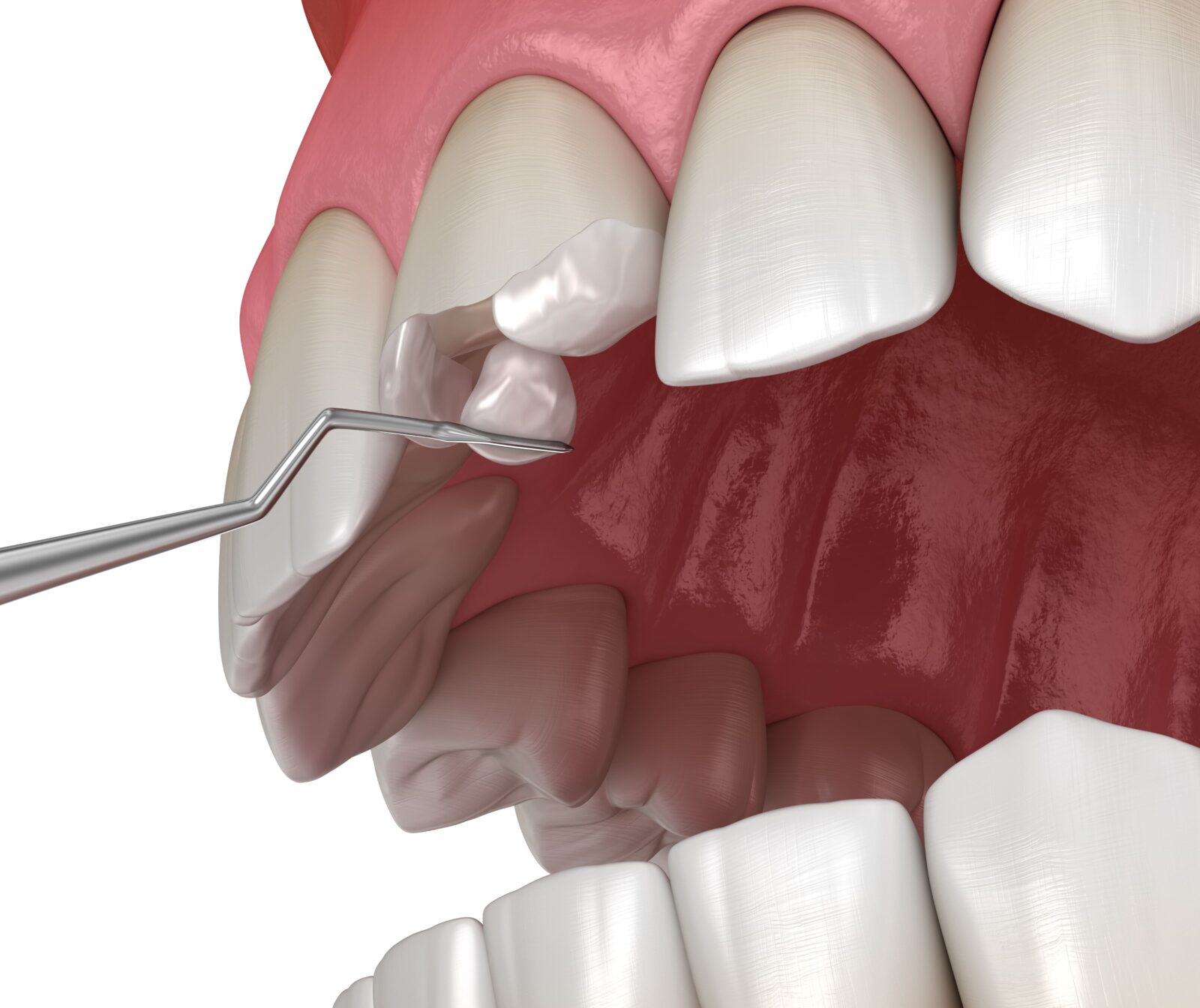
Gaps
To repair tooth gaps, composite bonding is frequently employed since composite resin can be used on a single tooth or two teeth at a time to fill the space. Composite bonding is ideal for cases that want to eliminate gaps from between the teeth without more complicated treatments such as veneers or orthodontics,
Damaged Teeth
Composite bonding is often utilized to restore small tooth damage such as chips, cracks, or fractures in the enamel layer. In fact, composite bonding is commonly advised for broken teeth when there is only minor damage since it is less invasive than other dental treatments like crowns and veneers. With that being said, even though composite bonding works well on minor damage, it may not always be effective when the damage is more severe.
Mismatched Teeth
Finally, composite bonding can be used to correct mismatched teeth that are different sizes and/or shapes. By adding composite resin to certain areas, composite bonding can improve the contour of individual teeth so that the overall smile looks more balanced and aesthetically pleasing.
In conclusion, composite bonding is a great procedure to have if you are looking for tooth problems that can be fixed easily and affordably. This procedure works well to correct stained teeth, caps, damaged teeth, and mismatched teeth. If you’re interested in composite bonding, let us know and our team of experts will help guide you on the next steps!
